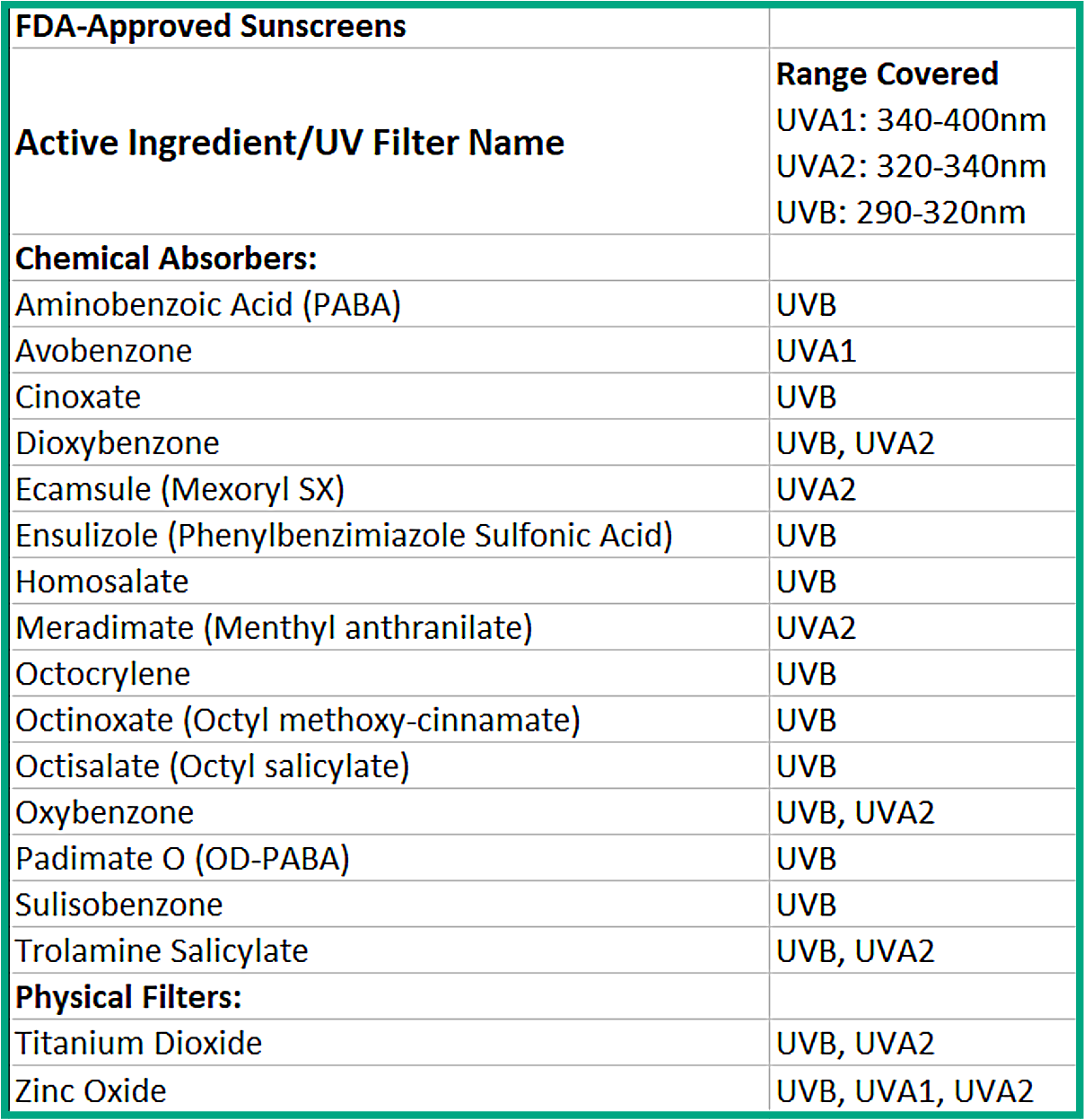Choosing the best sunscreen for your skin type, geographic location, and outdoor activities is important. But with so many brands and options, how do you choose the best sunscreen for you?
Protecting yourself against ultraviolet (UV) radiation is critical to maintaining your health and preventing skin cancer. The best way to do so is to stay out of the sun—but you can’t stay inside all the time.
When you do venture out, no matter the season or time of day, wearing sunscreen is important to stop premature aging and lower the risk of developing skin cancer.
Unfortunately, medically sound information about sunscreen can be hard to come by. With all the marketing and misinformation, it can be difficult to choose the best sunscreen for you. In choosing the right sunscreen, it helps to understand some basic principles about how sunscreen does its job.



